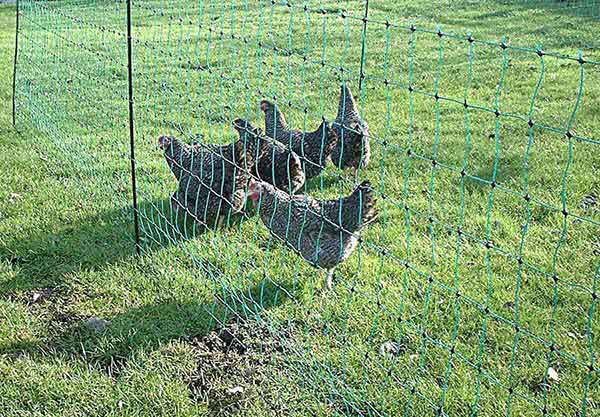

Don't power a fence with poly-wire or small conductor. Inline strainers or wires too close together: Off-set strainers and don't space wires less than 6 inches apart to prevent grounding out.Ĭhanges in Wire Size: Larger wires carry more electricity. Kinks in Wire: Prevent kinks wire will always break. No Voltmeter: You are just guessing without one! (Figure D) Poor Quality Insulators: Buy quality products that have UV light protection.
#Electric sheep fence install
Vegetation or snow covering bottom wire: Install a cut-off switch to reduce load. Wires need to expand and contract past the posts. Wires too tight to posts: Staples driven all the way in.

A lightning choke, (figure A) diverter and 4 ground rods (figure B) are needed minimum 65 ft. Lightning protection is also necessary to protect the charger from high voltage strikes. 75% of problems come from the power company. Surge and Lightning Protection: Install a surge protector at the power source to protect expensive chargers. Additional ground rods are needed throughout the system. Mixing metals (steel & copper) causes corrosion and weak shocks. Poor Grounding: Chargers should have a minimum of 3 ground rods placed 10 ft. Size and purchase a low impedance charger from a reputable supplier. Skimping on Power Source: Minimum species voltage for animal control: Cattle 4-5,000v Sheep & Goats 7-9,000v Horses 3-5,000v Predators 5,000v Pets 3,000v Garden Pests 4,000v Wet vegetation or snow load will reduce power. A strong shock will be remembered and maintain control. When livestock receive a weak shock they will go through the fence. Animals Not Trained To Fence: Electric fencing is a "psychological barrier".


 0 kommentar(er)
0 kommentar(er)
